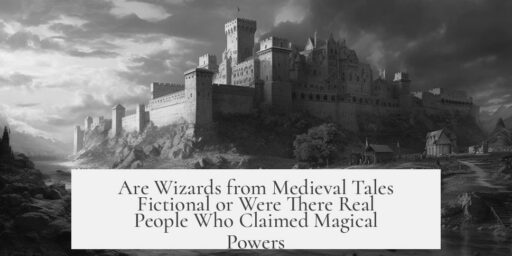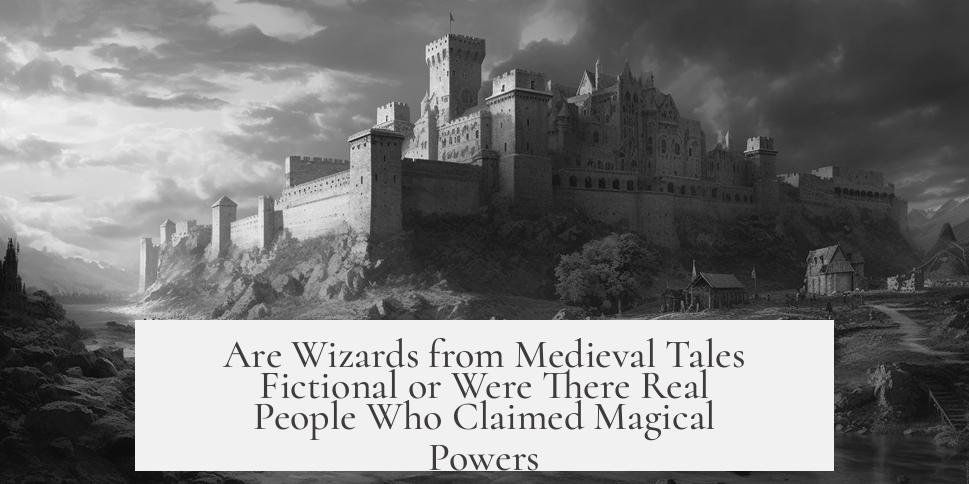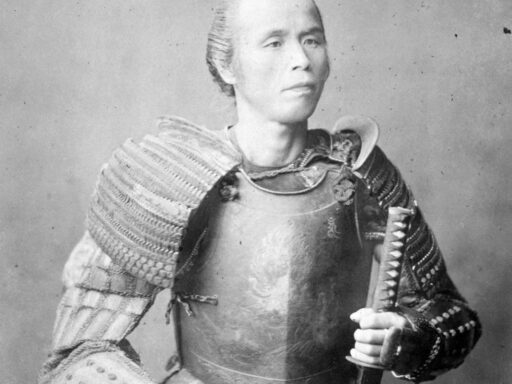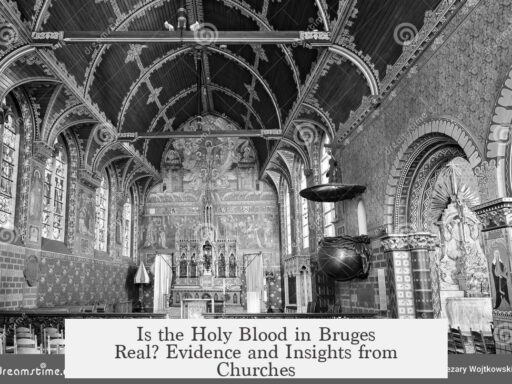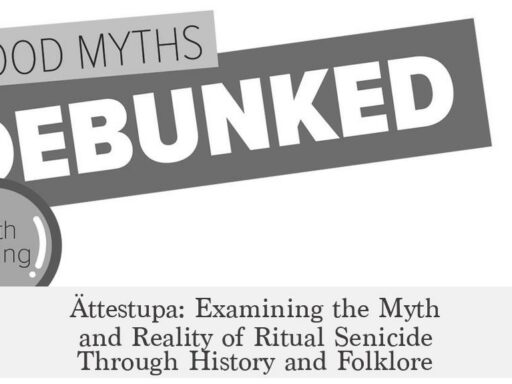Wizards and magicians in medieval literature are not strictly fictional. Historical evidence shows that people in real life often claimed magical powers and were treated as legitimate threats or figures within society.
Medieval society widely believed in the existence of individuals who could perform magic. Such figures were called by various names, including wizards, witches, or sorcerers. This belief extended beyond folklore and literature, influencing legal and social systems of the time.
Medieval legal codes frequently referenced these individuals alongside serious criminals. For example, the 11th-century Anglo-Saxon Winchester Law Code of King Canute equated witches and sorcerers with murderers and adulterers. The law demanded either expulsion or execution for those identified as practicing witchcraft or sorcery unless they repented. This legal treatment shows that society did not view magical practitioners as mere myths but as real and dangerous actors.
In many parts of Europe, belief in magic had ancient roots. Rituals, curses, and superstitions from Roman and Germanic traditions persisted into the Middle Ages. Early Christian writers, like the Venerable Bede, criticized the use of amulets and magical paraphernalia but acknowledged the common belief in supernatural influences. Such writings reveal a tension: popular culture accepted magical powers, but the Church often denounced them as superstition.
Church authorities and some secular laws expressed skepticism about witchcraft’s reality or efficacy. For instance, the Lombard Law of 643 warned against killing women accused of witchcraft, declaring such acts unbelieving. Similarly, 8th-century laws forbade executing alleged witches, punishing those who carried out witch hunts. These measures imply that some officials worried about unjust accusations fueled by fear and superstition.
Despite skepticism, the existence of individuals claiming magical abilities is well attested. These figures claimed, or were believed, to manipulate supernatural forces. Medieval debates often focused on whether such powers came from God, the Devil, or illusions. Some argued only God could perform true miracles, while others accepted that spirits or other powers might grant magical abilities. This debate highlights complex attitudes toward magic rather than dismissing it outright.
Many reported phenomena, like visions or voices, overlapped with religious experiences. Joan of Arc’s trial illustrates this overlap. Her visions were initially seen as divine but were later reinterpreted as demonic. This case shows that distinguishing between holy and magical powers could be challenging and contentious.
The medieval world housed conflicting views on wizards and magicians. Beliefs in magical powers coexisted uneasily with Church teachings that condemned such claims as false or dangerous. These competing ideas evolved over centuries. By the Early Modern Period, fears of witches escalated into widespread witch hunts, influenced by Reformation and Counter-Reformation anxieties. The medieval groundwork set the stage for this dramatic shift in understanding.
| Aspect | Medieval Context |
|---|---|
| Popular Belief | Common across Europe; seen as real powers |
| Legal Treatment | Wizards equated with criminals; punishable by law |
| Church Stance | Skeptical; often dismissed magic as superstition |
| Individuals | Some claimed magical powers; source of social tension |
| Evolution | Medieval ambiguous views led into Early Modern witch hunts |
In essence, wizards and magicians depicted in medieval literature reflect real social phenomena. People claiming magical powers existed and provoked various reactions, from fear to legal action to theological debate. The notion of magic was entwined in everyday life and law, transcending pure fiction.
- Medieval society believed in and legislated against wizards and magicians.
- Church authorities often condemned magic but could not erase popular belief.
- People claiming magical powers lived and interacted with medieval culture.
- The concept of magic was complex and evolved over time, influencing witch hunts later.
Are Wizards and Magicians from Medieval Literature Strictly Fictional, or Were There People IRL Who Claimed to Be Wizards?
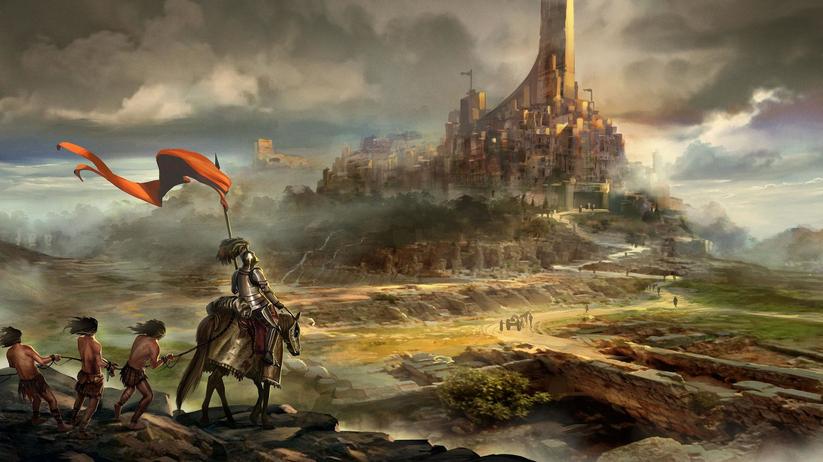
The short answer? Medieval literature’s wizards and magicians are not purely fictional characters; in fact, history shows that there were real people who claimed to wield magical powers — or at least were believed to do so. But as with most things medieval, the story is complex, tangled with belief, fear, and legal codes, making it one of those fascinating historical puzzles.
Let’s embark on a journey through time, exploring how medieval society wrestled with the idea of magic-wielding humans — real or imagined — and why this matters today.
The Belief in Wizards and Witches: More Than Just Fairy Tales
Contrary to popular notion, medieval people didn’t think wizards were just fairy-tale figments. They genuinely believed such figures existed, possessing powers that blurred the lines between natural and supernatural.
Wizards, witches, and sorcerers weren’t merely characters in stories; they were part of social reality, subjects of much fear and fascination.
Evidence lies in contemporary legal codes. For instance, in 11th-century Anglo-Saxon England, the Winchester Law Code under Canute the Great lumps wizards, witches, adulterers, murderers, and prostitutes into the same category. This grouping wasn’t flattering — offenders were threatened with expulsion or death. Here’s a vivid piece of that law:
“And if witches or sorcerers, murderers, or adulteresses (or prostitutes …), at any time in the land be found out let that person be driven away eagerly out of this land, or die within this land, unless they will cease and deeply make amends.”
Notice how wizards and witches stood legally alongside the worst criminals? This confirms society took their powers very seriously, considering them threats to the order.
The Tug of War: Popular Belief vs. Church Skepticism
On one hand, the general populace believed in magical practitioners. On the other hand, many learned church figures dismissed these beliefs as mere superstition.
Take the venerable Bede, a monk writing centuries before Canute’s laws, who ridiculed amulets and charms as nothing but ignorance creeping into Christian minds.
Interesting laws reflect this skepticism too. The Lombard Law of 643 states that no one should kill a foreign servant or female slave accused of witchcraft since believing in such claims isn’t fitting for Christians. Similarly, 8th-century Saxony law punishes those who burn alleged witches with execution.
This shows a struggle: some authorities sought to protect the innocent from superstition, while society as a whole fastened onto fears of magic practitioners.
Real Wizards? People Who Claimed Magical Powers Walked Among Us
It’s one thing to believe in magic. But were there actual individuals claiming to wield these powers? Turns out, yes. Records imply people openly practiced or at least professed magical arts.
Whether Christian or pagan, people who claimed to cast spells, conjure visions, or commune with spirits existed — some accepted cautiously, others branded as heretics or deluded.
Medieval scholars debated the origins of these powers relentlessly. Some said such magic was devilish deception since only God could wield true power. Others suggested that magic derived from other entities or forces, not outright denying its reality.
Visions and miracles sometimes overlapped with magic. For example, Joan of Arc’s voices and visions were at first considered divine, but during her trial, they were twisted into demonic trickery. This ambiguity shows how closely magic and religion intertwined.
The Ever-Shifting Image of Wizards and Witches Through Time
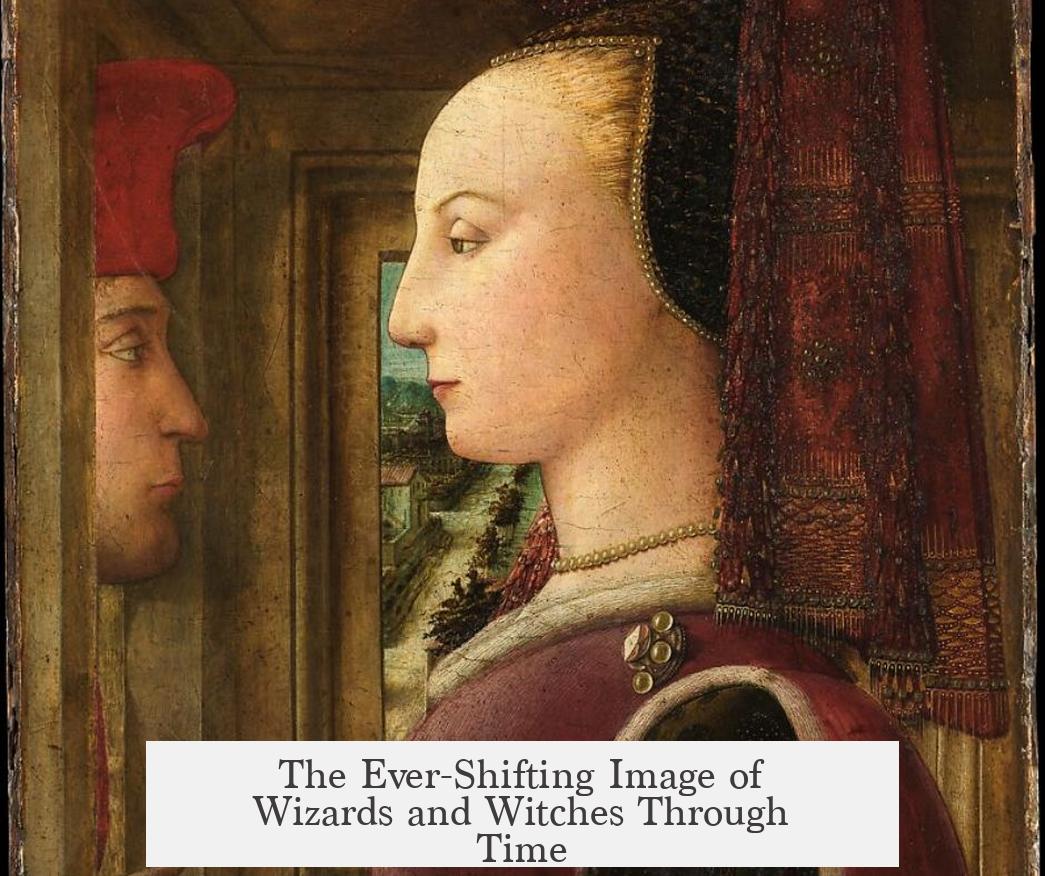
For hundreds of years, conflicting views about witches and magicians coexisted, often uneasily. Medieval people lived with outside fears of magic users and official denials or condemnations.
Only later, especially during the Early Modern Period, did the idea of witches as dangerous, real enemies take full hold — ushering in infamous witch hunts.
This evolution reflects changing societal, religious, and political landscapes rather than a sudden invention of ideas. The medieval stage set the scene for drama to unfold.
Lessons from History: Why This Question Matters
So, should we dismiss medieval wizards as pure fantasy or embrace them as historical figures with questionable claims?
- Fact: Medieval laws and literature show people feared and recognized individuals suspected of magical powers.
- Fact: Christian institutions often tried to discredit or punish such beliefs, evidencing their widespread social impact.
- Fact: Real people did claim magical abilities, whether as healers, seers, or conjurers.
This highlights how mythology and reality blur—reminding us that cultural fears and beliefs shape laws, stories, and human behavior.
How to Think About Medieval Wizards Today
Next time you read about Merlin or some medieval sorcerer, remember: their tales reflect a real social phenomenon. These characters echo genuine people grappling with the unknown, wielding or pretending to wield powers beyond logic.
If you ever want to reenact medieval wizardry (minus the magic, sadly), consider the power of belief itself. Sometimes, belief fuels fear, lawmaking, and history much more than magic does.
Finally, the story of medieval wizards cautions us against dismissing the beliefs of others too quickly. Whether it’s superstition or sincere conviction, these claims influenced entire societies profoundly.
In Summary
- Medieval society believed in and feared individuals with supposed magical powers.
- Legal systems branded wizards and witches as threats equal to criminals.
- Church authorities often scorned magical beliefs, calling them superstition or devil’s work.
- People did genuinely claim magical powers, making wizards more than mere fiction.
- The concept evolved slowly, laying groundwork for later witch hunts.
In the end, wizards and magicians thrived in the medieval imagination, but they also had their place in medieval reality — as men and women navigating faith, fear, and power in a mysterious world.
